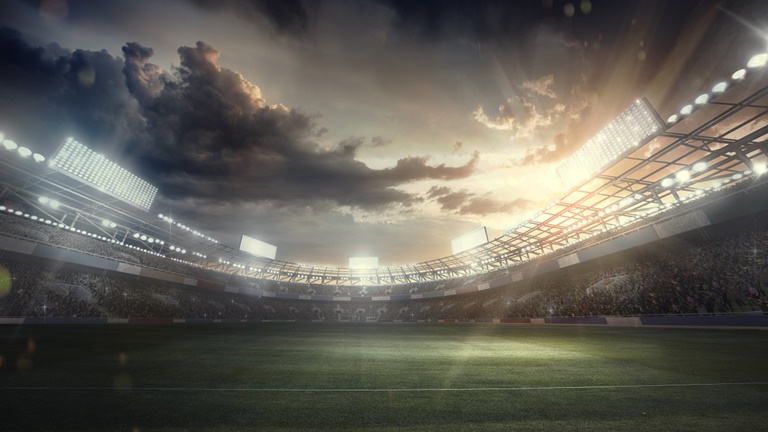Nice to Have? Try Need to Have. What New Contactless Experiences at Sports Venues Will Mean for Fans

When fans return to stadiums, things will be much different than they used to be. Social distancing measures will likely still be in place. Masks too. And the ways in which fans interact with stadium employees will have fundamentally changed.
Start with food. Anything that can be done to reduce COVID-19 transmission will become part of the new way of doing business. That means contactless operations and cashless payments will be the norm.
Before the pandemic, contactless and cashless procedures were adopted at about 80% of Amalie Arena, home of the home of the NHL’s Tampa Bay Lightning. Andrew McIntyre, SVP of technology and innovation at the Vinik Sports Group. works out of Amalie Arena, where the pandemic has accelerated what likely would have been another three to five years for full adoption of contactless operations.
“Anything we can continue to do to eliminate risk is something we're going to do,” he says.
The challenge, however, is using these technologies to best enhance the fan experience rather than finding new ways to do the same old things.
“Think about it this way,” says Ted Fortezzo, the director of communication management at CSG, a company that uses cutting-edge tech to deliver better customer engagement. “I saw an MLS game in Houston. We missed half of the second half waiting for food. If I’ve spent a couple hundred bucks on the event, I don’t want to leave my seat. But our company has helped figure out ways to avoid lines in other places. Through our partnership with AT&T, we’ve helped a large, national pharmacy chain with curbside pickup, which we instituted during the pandemic. Well, what’s the difference between picking up your prescriptions curbside through your phone, and ordering ahead and picking up your burger at the concession stand at the stadium?”
The future of contactless stadiums means personalization, with the overall goal, says Fortezzo, of “changing the experience and making it better for the fan.”
Through critical network infrastructure support from AT&T, those new sorts of experiences are open to the imagination. It can start with easy entry into venues, and even work its way to creating touchless restrooms.
“This is no longer a nice-to-have, it’s a need-to-have,” says McIntyre. “So to implement it, instead of letting the fan base dictate the speed, now you have to use the stick and say, ‘This is for the well-being of everyone.’ And that lets us look at what NFL stadiums, airports and other venues have done, and build off that.”
Fortezzo and McIntyre both acknowledge that it will be a bit of a change for most fans, who won’t have had a gradual introduction to a contactless world. And while that will require some behavior management and setting of expectations, it’s ultimately an avenue leading to a better experience. More time in the seats. Less time waiting around. A more personalized, customizable fan journey. It’ll be taking some of the best things to come out of the pandemic—innovations such as contactless payments, curbside pickup, ordering ahead and more—and bringing it to the arena.
“We’re training fans that mobile devices are going to do something for them at the event,” says Fortezzo. “And it’s not just during COVID, but for after as well. You can watch the game and not wait in line. You can have the poster from the team store delivered to your house. It’s unlimited what you can do.”
Question? Comment? Story idea? Let us know at talkback@sporttechie.com





